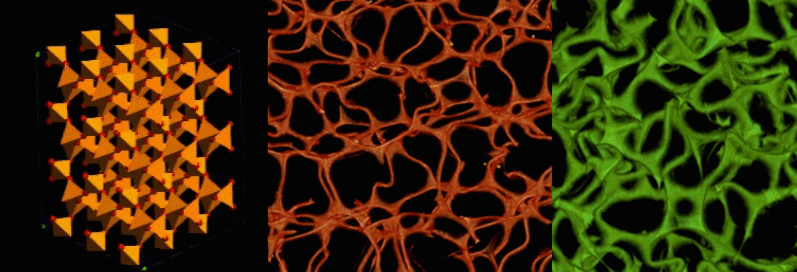Aims
The main objective of the Conference is to gather together scientists and engineers to exchange information in the field of materials with ‘unusual’ mechanical and thermal properties, such as negative Poisson’s ratio (‘auxetics’), negative compressibility, negative thermal expansion, negative stiffness, and multifunctional systems incorporating such behaviours. The elastic, viscoelastic, thermoelastic and magnetoleastic behaviour of solids, and liquids bordering on solids, fall within the remit of this meeting. Contributions in the areas of experiment, theory, computer simulation and applications are welcomed. The exchange of information and ideas at the conference is intended to lead to the formulation of new research directions for such systems.
An important aspect of the Conference is to provide a stimulating environment for Early Career Researchers (doctoral students and postdoctoral researchers) to become acquainted with the theoretical, experimental and simulation methods used to explore the physics of these systems, and to present their work in the main conference sessions and as posters within the 14th Annual AuxetNet Young Researchers’ Forum at the Conference.
Scope
The following topics essential to the physics of auxetics, their models and other systems (materials and models) with “negative” characteristics are within the scope of the Conference:
- properties and applications of auxetic materials
- mechanisms leading to auxetic behaviour
- experimental, theoretical and computer simulation studies of auxetic systems
- multifunctional systems incorporating auxetic behaviour
- mechanical metamaterials
- experimental, theoretical and computer simulation studies of systems of counterintuitive or extreme mechanical or thermal properties (such as systems of negative thermal expansion, systems of negative – local or directional – compressibility, systems with inclusions of negative stiffness, composites of hierarchical structures, systems of extreme hardness, layers and films of unusual properties, multifunctional materials etc.)
- systems under special external conditions (such as negative pressure)
- theoretical and computer simulation methods for modelling auxetics and other systems with “negative” characteristics
- liquids with related viscoelastic properties

